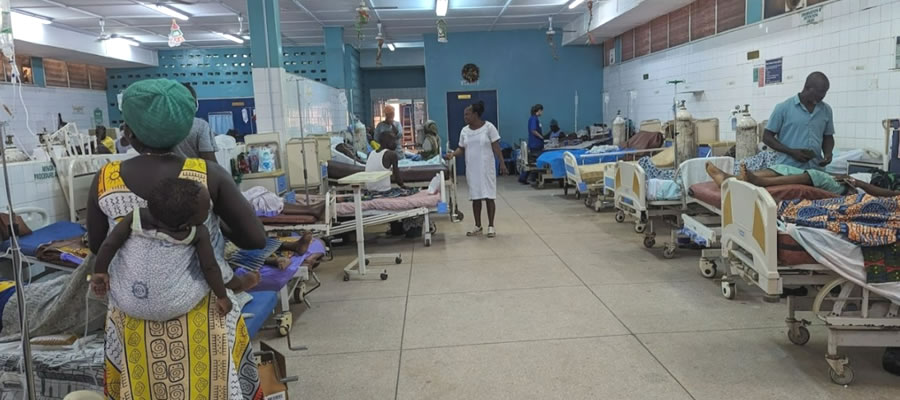

SECURITY
Security
The District has constructed new District police headquarter but there are not enough police personnel in the District. The police citizen ratio is 1:2596 which very alarming because only Manso Amenfi, Agona Amenfi, Adjakaa Manso, Juabo and Sompre are the only towns with police stations. Therefore, the need for more police personnel in the District as well as establishment of more police post.
Date Created : 3/18/2025 7:09:22 AM









 facebook
facebook
 twitter
twitter
 Youtube
Youtube
 +233 593 831 280
+233 593 831 280 0800 430 430
0800 430 430 GPS: GE-231-4383
GPS: GE-231-4383 info@ghanadistricts.com
info@ghanadistricts.com Box GP1044, Accra, Ghana
Box GP1044, Accra, Ghana